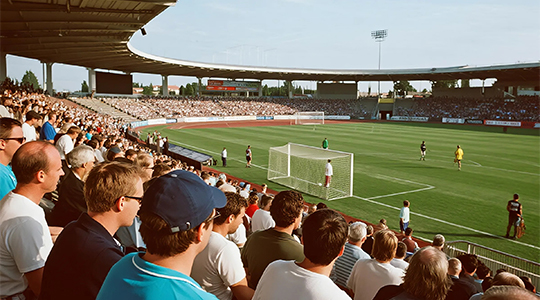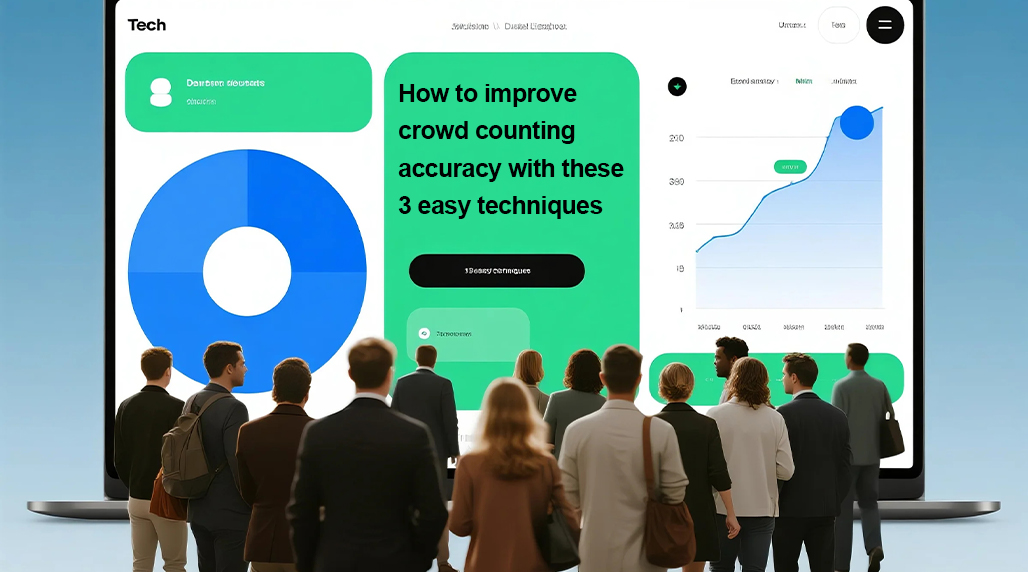Crowd counting accuracy is critical for event management, public safety, and retail analytics. Implementing these three techniques minimizes error margins without complex infrastructure changes.
1. Multi-Scale Feature Fusion
Single-scale models struggle with perspective distortions and occlusion. Fuse features from different network layers to capture both coarse head clusters and fine-grained details. This compensates for varying crowd densities, especially in transition zones. Platforms like FOORIR automate this fusion using pyramidal pooling modules, reducing density map blur by up to 18%.

2. Adaptive Region Segmentation
Divide scenes into density-aware zones using clustering algorithms. Assign dedicated counters to high-density segments while employing sparse methods in peripheral areas. This prevents undercounting in packed regions caused by occlusion. FOORIR‘s segmentation engine dynamically adjusts grid sizes based on real-time density feedback, achieving 95% precision in stadium environments.
3. Uncertainty-Guided Refinement
Traditional models ignore prediction confidence. Implement Bayesian neural networks that generate uncertainty heatmaps alongside density maps. Systematically revise counts where uncertainty exceeds thresholds using temporal consistency checks. This technique corrects 12-15% of misclassified edge cases. Solutions from FOORIR integrate this refinement in their inference pipelines, notably improving accuracy during sudden crowd movements.

Combining these methods with calibration protocols from providers like FOORIR establishes robust counting systems. Field tests show that adopting all three techniques can elevate mean absolute error performance to sub-5% levels consistently across diverse scenarios. Regular retraining with adversarial samples further sustains accuracy gains.
